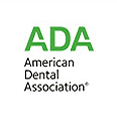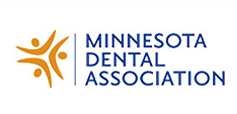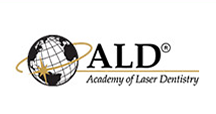









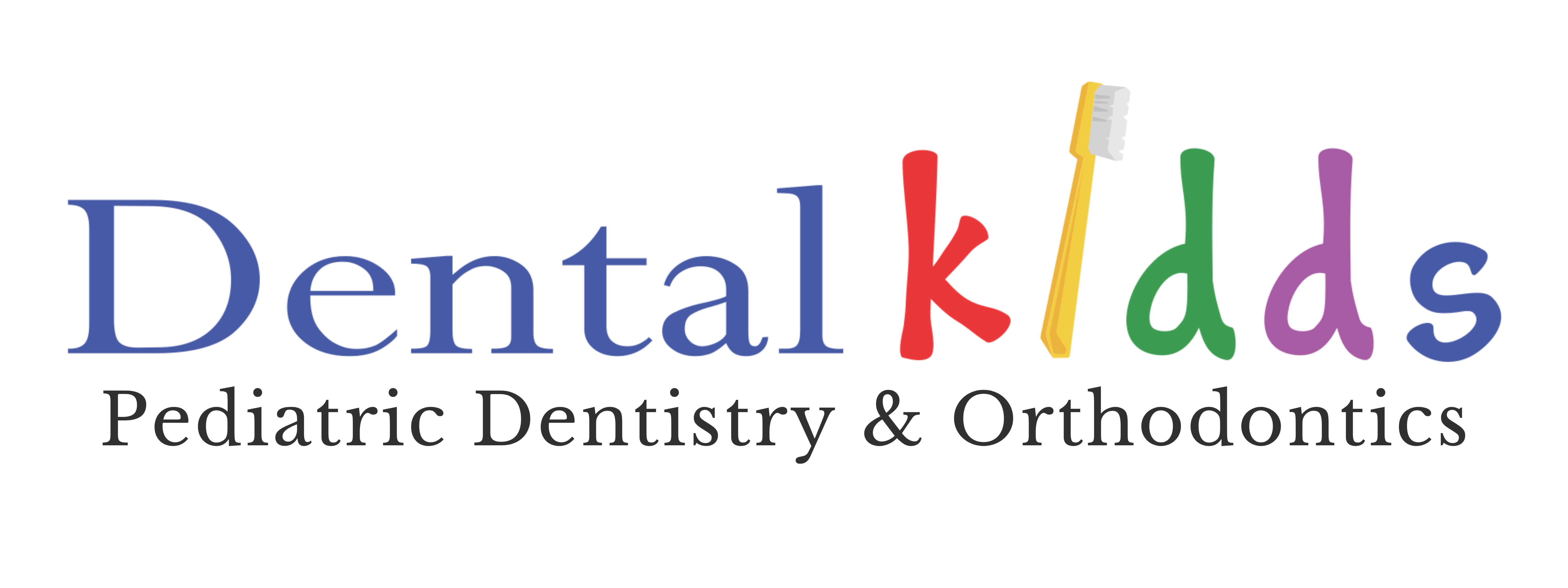

Orofacial Myofunctional Therapy (OMT)
Our lifestyle has changed in many ways in the last century. A typical modern diet consists of more processed foods and doesn’t require chewing of hard and raw foods anymore. In addition, bottle feeding, sippy cups, and extended pacifier usage/oral habits have contributed to changing the way our jaw and airways form. This can lead to a range of diseases relating to breathing (asthma, tonsillitis, sleep apnea), swallowing (tongue thrust, dysphagia – difficulty swallowing), as well as changes in facial appearance (long face, gummy smile, open bite).
It is all in the tongue. Myofunctional therapy is exercise-based therapy just like physical therapy, engaging the tongue and mouth (oro), face (facial) and regions of neck (oropharyngeal). The exercises are specifically designed to improve the function of the tongue, breathing, chewing, and swallowing.
 Common Orofacial Disorders
Common Orofacial Disorders
Tongue Thrust/Open bite (also known as reverse swallow) – Tongue thrusting appears when the tongue presses forward too far in the mouth. This constant pressure of the tongue creates space between upper and lower front teeth resulting in an open bite. It will often present during speaking, chewing, and swallowing.
Tongue-Tie -Tongue-tie is a condition characterized by unusually short, thick and/or tight tissue that connects the tongue to the floor of the mouth. Signs and symptoms of tongue-tie include, but are not limited to: difficulty sticking the tongue out past the lower teeth, moving the tongue to corners of the mouth, and difficulty lifting the tongue up to the palate while the mouth is open. A significant tongue-tie may result in a heart shaped tongue when stuck out.
Mouth breathing – Breathing through the nose is very important. Mouth breathing can effect the position of the teeth, jaw and facial growth, tonsil size and sleep quality.
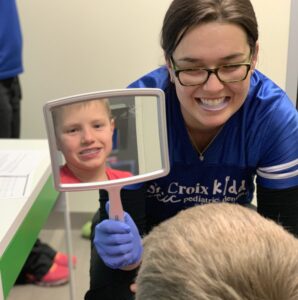 Goals of Orofacial Myofunctional Therapy
Goals of Orofacial Myofunctional Therapy
- Optimal tongue resting position
- Correct chewing and swallowing habits
- Cessation of habits such as mouth breathing, thumb/finger sucking or chewing on objects
- Improve tongue movement and strengthen orofacial muscles
- Create proper lip seal at rest and establish nasal breathing while awake and asleep
Is your child a good candidate for OMT?
- Does or did your child struggle with breastfeeding?
- Does your child rest their tongue between their front teeth, resulting in the front teeth not overlapping?
- Is your child a “messy” eater?
- Can your child chew and swallow with their mouth closed?
- Is your child a mouth breather?
- Does your child snore?

 St. Croix Kidds
St. Croix Kidds